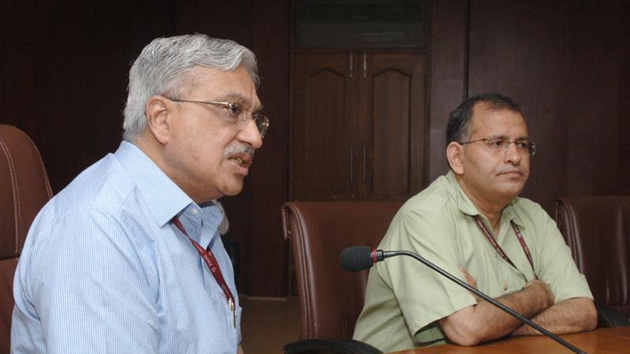West coast states ‘casual’ towards disaster preparedness: Man who built India’s tsunami warning system
Shailesh Nayak, the director of the National Institute of Advanced Studies in Bengaluru, said the country’s west coast was not immune to tsunamis or cyclones but the disaster preparedness left a lot to be desired.
States along India’s western coast are much less prepared in the face of a disaster than those on the east as they have “not felt the pain” of a calamity, the scientist who helped set up the country’s tsunami warning system has said.

Shailesh Nayak, the director of the National Institute of Advanced Studies in Bengaluru, said the country’s west coast was not immune to tsunamis or cyclones but the disaster preparedness left a lot to be desired.
“In the east coast states of Tamil Nadu, Andhra Pradesh and Orissa, when we held the mock drills the people readily moved out within half an hour. But in states like Maharashtra, Karnataka and Kerala it is difficult to even get administration officials to respond,” Nayak said while speaking on the CSIR Foundation Day in Goa.
Nayak was speaking at the National Institute of Oceanography (NIO) on ‘Building from Scratch: The Tsunami Warning System’ on Thursday.
“The west coast is still vulnerable but the administration is not geared up. The response time is very high and not like the east coast. Those who have suffered are more willing to do everything during the mock drills,” Nayak said.
“The people (administration officials) keep changing and then the new officers have to be updated on procedures again,” he said.
The eastern coast is more prone to both tsunamis as well as natural disaster than the western coast, which is considered relatively safer. However, a tsunami was recorded along the west coast with its origins in an earthquake along the Makran coast of Balochistan in Pakistan in 1945.
India set up the National Early Warning System for Tsunami and Storm Surges in the Indian Ocean in 2007, three years after being caught off guard by the giant killer waves that wreaked havoc along the country’s southern coastline.
At least 20,000 people died in India, mainly in Tamil Nadu, on December 26, 2004, when giant waves triggered by one of the most powerful earthquakes ever recorded pulverised villages and towns along Indian Ocean shores.
Nayak said that the tsunami warning system has been working flawlessly over the last 12 years and hasn’t yet given a false warning.
“Our system is completely automatic where the first bulletin is without human intervention and completely machine to machine interactions,” Nayak said.
The warning system is based on a series of buoys, pressure detectors and other instruments placed strategically in the ocean in seismically active zones. It is also being used by several Indian Ocean countries.






